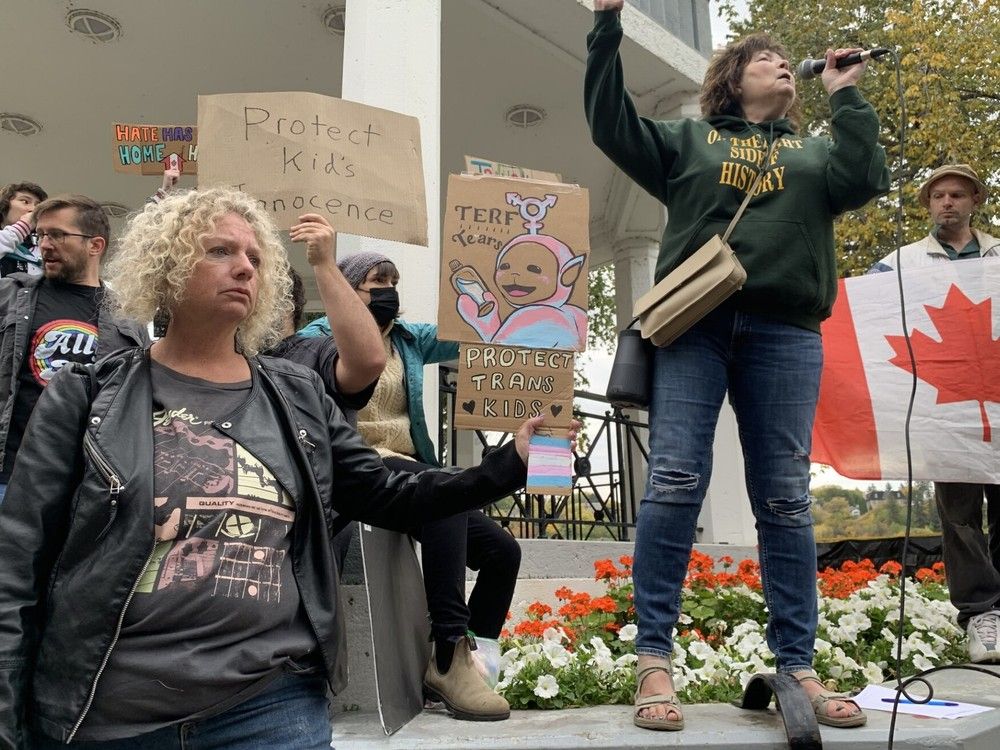The people of Sindh have consistently raised concerns that their resources, particularly water, are being exploited in a manner that disproportionately benefits Punjab, Pakistan’s most populous and agriculturally prosperous province The province of Sindh in Pakistan has been embroiled in ongoing protests for several months, involving a wide spectrum of society, from political parties and civil society organisations across the spectrum to ordinary citizens, including women and children. Although the protests were sparked by and are focused on a contentious canal project proposed by the federal government along the Indus River, the root of the crisis lies in the long-standing systemic discrimination and neglect faced by Sindhis at the hands of the Pakistani state. The people of Sindh have consistently raised concerns that their resources, particularly water, are being exploited in a manner that disproportionately benefits Punjab, the country’s most populous and agriculturally prosperous province.
The federal government’s recent proposal to construct a canal to irrigate the arid lands of Cholistan in southern Punjab has heightened fears of further diversion of Indus water, thereby exacerbating the already severe water crisis in lower-riparian Sindh. Among the protesting groups is the Pakistan People’s Party (PPP), which governs Sindh but is also a part of Prime Minister Shehbaz Sharif’s ruling coalition at the federal level, raising concerns about the potential fracture of the alliance. The canal project is part of the broader Green Pakistan Initiative (GPI), which was launched in July 2023 with the aim of modernising the country’s agricultural sector.

Agriculture is vital to Pakistan’s economy, contributing approximately 25 per cent to its GDP and providing employment to around 37 per cent of the population. However, outdated practices and infrastructural shortcomings have led to declining productivity, which is where the GPI seeks to intervene. The initiative aims to introduce modern technologies and equipment into farming, provide farmers with fertilizers and high-yielding seeds, transform barren lands into arable fields, and attract both domestic and foreign investment.
The project seemed promising until President Asif Ali Zardari, who hails from Sindh and is also the co-chairman of the PPP, approved the construction of “six strategic canals" deemed essential for agricultural development and food security in July 2024. Of these six canals, two are proposed for Sindh, two for Balochistan, and two for Punjab. While five of these canals are planned to be constructed over the Indus River, the Cholistan Canal, the largest of the six, will be built along the Sutlej River.
The Pakistani government asserts that the water for the Cholistan canal will not impact Sindh’s allocated share, as it will draw on surplus floodwaters from the Sutlej during the monsoon, in addition to river water from Punjab. It is important to note that under the 1960 Indus Water Treaty between India and Pakistan, the waters of the eastern rivers—Sutlej, Beas, and Ravi—are controlled by India, while Pakistan has control over the Indus, Jhelum, and Chenab rivers. Over the years, India’s extensive water extraction and dam construction, particularly on the Sutlej River, combined with the impacts of climate change, have led to a significant decline in the average water flow from these rivers into Pakistan.
As an example, environmental expert Naseer Memon, based in Islamabad, informed Al Jazeera that, “...
between 1976 and 1998, the average flow [of the eastern rivers of the Indus Basin] was 9.35 million acre-feet (MAF). From 1999 to 2022, it has dropped to just 2.
96 MAF." In light of this, critics of the canal project challenge the logic behind Islamabad’s proposal, arguing that it is unrealistic to expect the Cholistan canal to meet its water requirements solely from the monsoon flows of the Sutlej. They contend that the canal will inevitably divert water from the Indus Basin, thereby threatening the water security of downstream Sindh.
This is not the first instance of Sindh raising objections to federal policies concerning water management in the country. The proposed hydroelectric Kalabagh dam, initially suggested in the 1970s, has yet to be realised due to strong opposition from Sindh and other parties. In an attempt to address ongoing intra-provincial water disputes and ensure fair water distribution, the Water Apportionment Accord of 1991 was introduced.
However, the Indus River System Authority (IRSA), established to implement the accord, has developed a complex and ambiguous framework, resulting in ongoing conflicts between provinces over the interpretation of its provisions. The lack of transparency and perceived impartiality within IRSA was evident in February 2025, when it issued a ‘Water Availability Certificate’ for the Cholistan canal, affirming that sufficient water was available for the project, despite objections raised by Sindh’s representative on the authority. Furthermore, Sindhi members of the IRSA had previously protested against the opening of the Chashma Jhelum Link Canal and Taunsa Panjnad Link Canal in Punjab, fearing they would further reduce water availability for Sindh.
However, a 2022 report revealed that the authority had granted permission for Punjab to utilise water from these canals. On March 13, the Sindh Assembly passed a unanimous resolution, tabled by Chief Minister Syed Murad Ali Shah, opposing the canal project until an agreement had been reached with all provincial governments and the concerns of all stakeholders had been addressed. The Cholistan canal, which, according to Nabi Bux Sathio, Vice President of the Sindh Chamber of Agriculture, would “ destroy 12 million acres of agricultural land in Sindh to irrigate just 1.
2 million acres of desert in Punjab," is being perceived by the people of Sindh as an existential threat to their lives and livelihoods. The province is still grappling with the aftermath of the catastrophic 2022 floods, which devastated around 4.4 million acres of agricultural land and claimed nearly 800 lives.
Additionally, Sindh is among the most severely affected by climate change, with large areas of coastal land becoming infertile and gradually being engulfed by the Arabian Sea. On April 1, the PPP announced the second phase of the protests, urging the public to maintain continuous pressure. However, given the historical pattern of the Pakistani establishment overtly and covertly favouring the politically and economically dominant Punjab at the expense of other provinces, coupled with the authoritarian nature of the state, the likelihood of the federal government abandoning the canal project and addressing Sindh’s concerns seems remote.
What remains to be seen is the potential impact this dispute may have on the stability of the coalition government at the Centre and the overall political stability of Pakistan. The writer is an author and a columnist. His X handle is @ArunAnandLive.
Views expressed in the above piece are personal and solely those of the author. They do not necessarily reflect News18’s views.
Politics

Right Word | How Sindh Is Fighting An Existential Battle Against Pakistan’s Canal Project

The people of Sindh have consistently raised concerns that their resources, particularly water, are being exploited in a manner that disproportionately benefits Punjab, Pakistan’s most populous and agriculturally prosperous province















